Native Instruments’ Electric Keys – Tines Duo are among the best Rhodes emulations out there
Can the sound and feel of these legendary electric pianos really be this affordable?
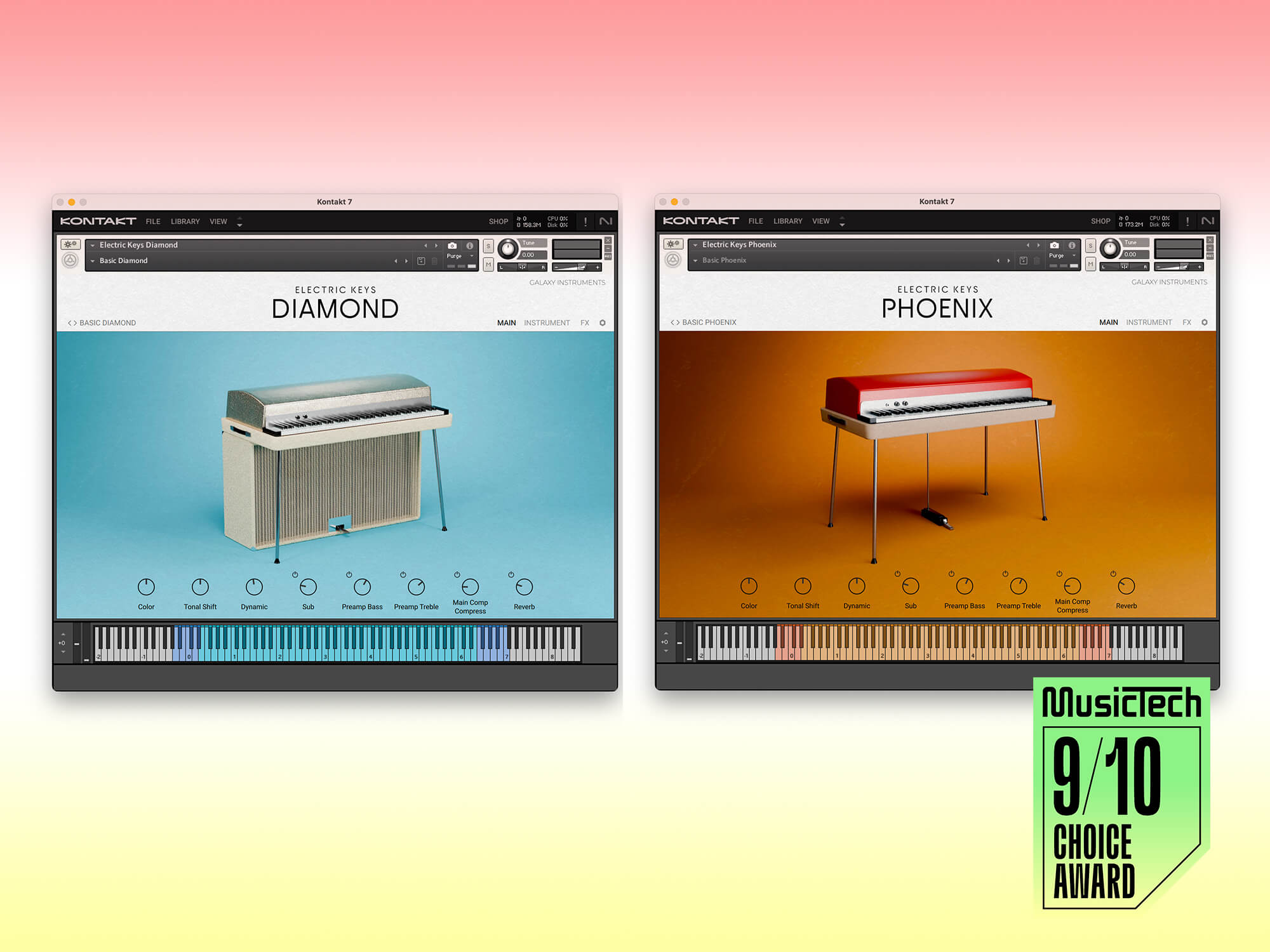
Native Instruments Electric Keys Tines Duo
Review Overview
Our rating
9
Our verdict
⊕ Highly customisable via a friendly interface
⊕ Versatile and useful effects section
⊕ Small footprint
⊕ Very affordable
⊖ Some presets lean too heavily on effects
£129 for both / £89 when bought separately, native-instruments.com
The latest addition to Native Instruments’ ever-expanding universe of Kontakt virtual instruments is a collaboration with Galaxy Instruments. Electric Keys – Tines Duo is made up of two emulated electric pianos, available individually or as a bundle at a significant discount.
- READ MORE: Native Instruments Kontrol S-Series MK3 controller lets you focus on your music, not your computer
Likely for legal reasons, you won’t see the names of the original hardware mentioned, but any keys aficionado will recognise right away that Phoenix is based on the classic Fender Rhodes 73 and Diamond on the suitcase 88 model.
While the Rhodes isn’t exactly lacking in software versions (Rhodes released its own not so long ago), these two are among the more affordable and certainly among the most technically-advanced on the market. With original models as rare as ever and the new hardware models stunning but prohibitively expensive, a convincing emulation is still a sensible option for anyone wanting the classic sound that has spanned the decades and genres from jazz and rock through to pop and dance.
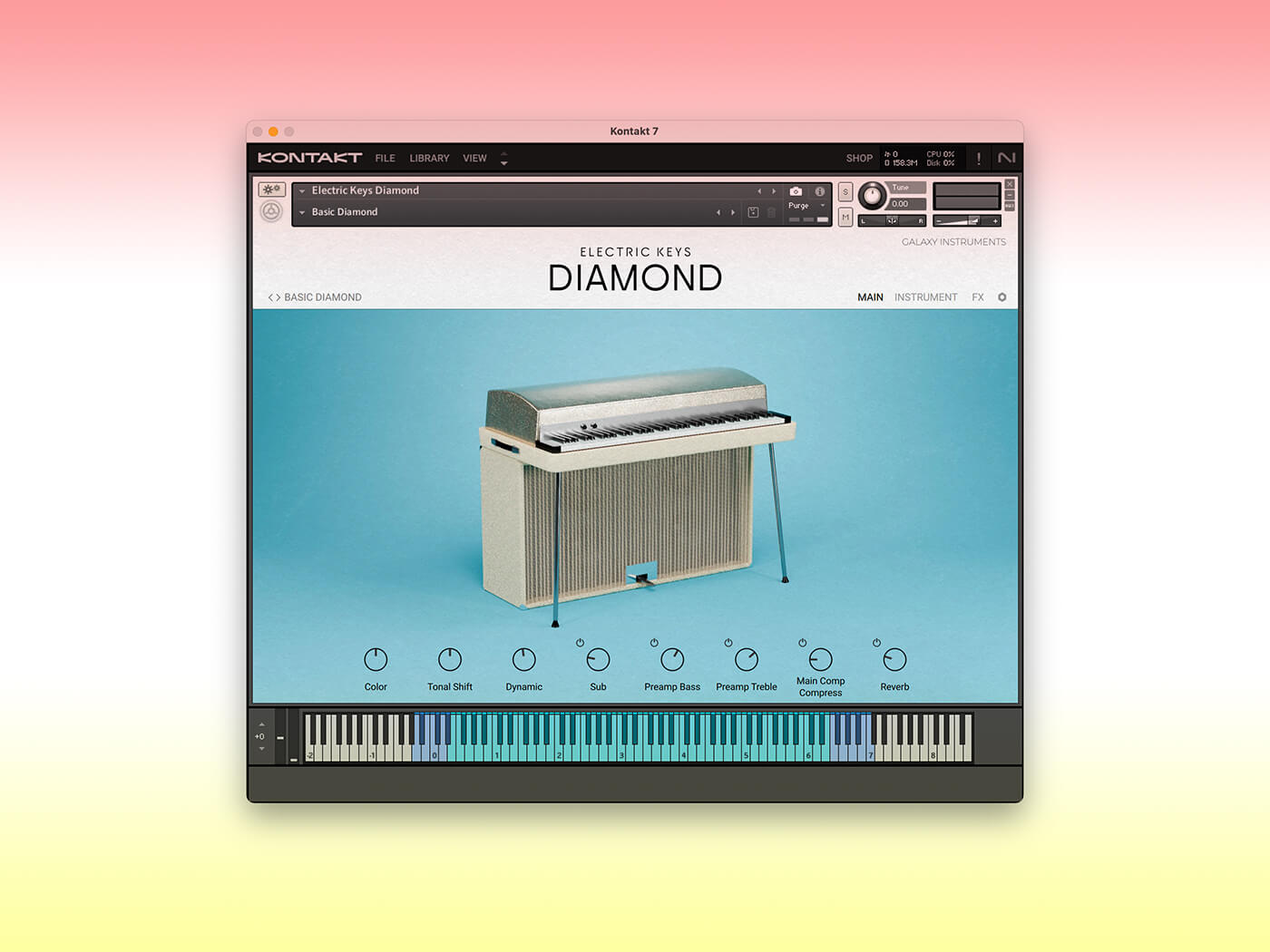
How to set up the Native Instruments’ Phoenix and Diamond
The two instruments are downloaded and installed via the Native Access app and run in Kontakt 7.8 or the free Player version. The modest 3.5GB file size is achieved by emulating certain components with processing rather than sampling every possible permutation of settings, though the core sample set is still comprehensive. Both instruments have an almost identical set of controls, so what applies to one generally applies to the other.
The designs of the interfaces are gorgeous, slick and minimal. NI has foregone the approach of letting you turn knobs on a virtual front plate of a ‘real’ keyboard in favour of simple, clean sets of parameters. While both approaches are perfectly valid, this one makes it easier to get to the sound you need quickly while simplifying a relatively large set of controls once you factor in the effects section.
The main page contains a row of quick controls for tweaking the most important performance parameters like the relative hardness of the tone, preamp EQ and more. There’s excellent integration with the new Kontrol S-series keyboards too, where these dials are mapped directly to the keyboard’s capacitive potentiometers and the browsing system seamlessly integrated between software and hardware.
Back in the software, an arrow by each dial lets you jump to an expanded control area in the Instrument section. This section is similarly well-considered and starts with the ability to blend DI and mic signals to give greater control over the character of the sound. There’s a Shape section which lets you set colour, attack and release and then the all-important Tone and Noise sections.
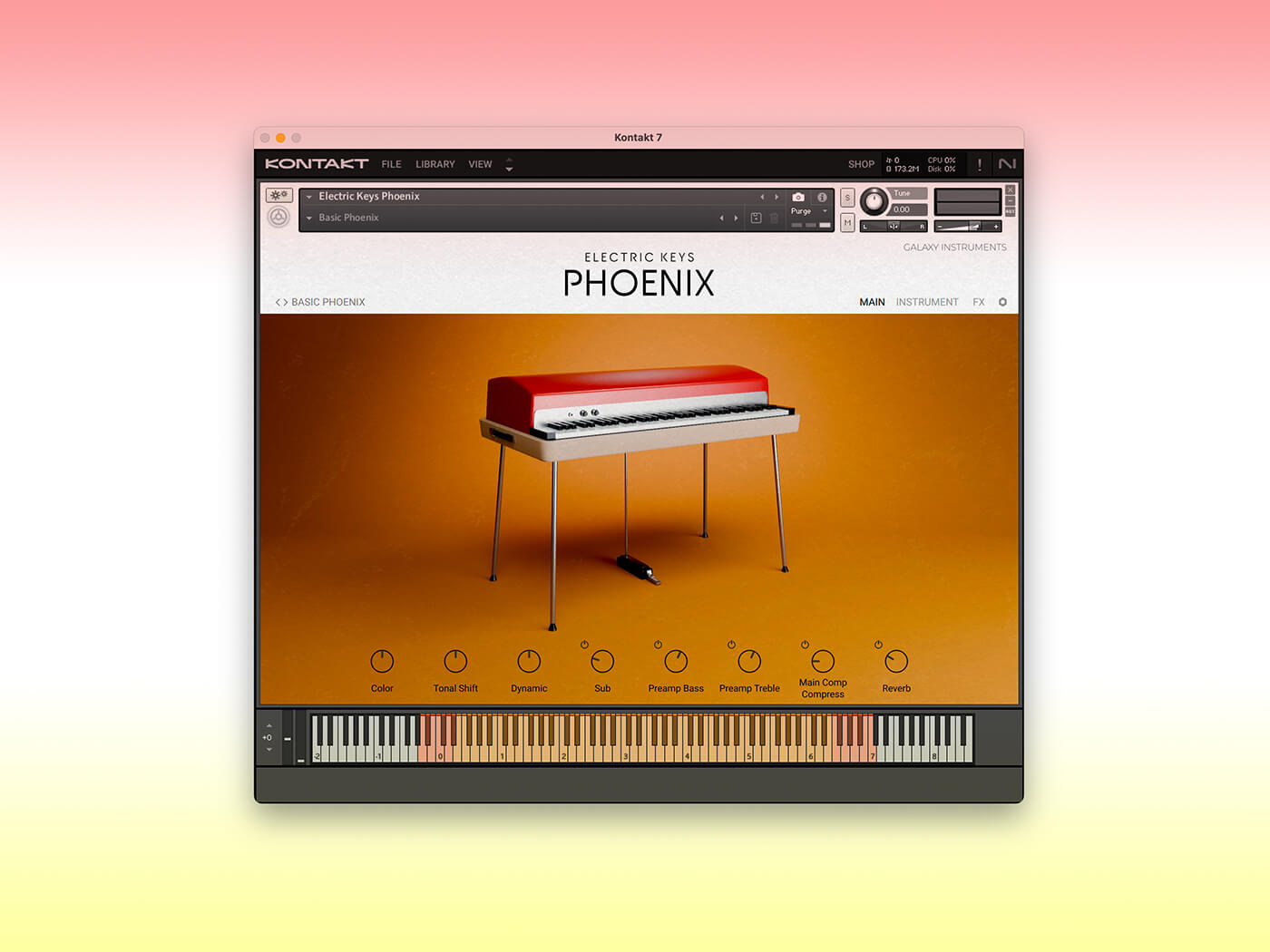
How realistic are Native Instruments’ Phoenix and Diamond?
The Rhodes is legendary for the amount of variation a player can achieve by modifying their playing style. Greater force means the sound achieves more bite, while gentler playing sounds rounder and more dreamlike. On top of that, on a real Rhodes, it’s possible to physically adjust the height of individual tines — the metal bars that vibrate when hit — to achieve a harder or softer effect. And then the bottom end of the keyboard is typically very bassy while the top notes have a bell-like character to them.
All of this can be tweaked on a real Rhodes but in software, it’s much easier to achieve by simply tweaking the various settings. A classic jazz Rhodes for example will be smooth and even with a little bite when played harder. A rock Rhodes by comparison might start off rougher. All of this, designing your sound, is very easy to do here.
An important element of the Rhodes sound is imparted after it leaves the keyboard, either through an integrated suitcase amp or an external amp, typically a Fender Twin or Jazz Chorus. In addition, guitar effects might often be involved and, to that end, both these instruments have a configurable effects chain with processors taken from Guitar Rig. This is straightforward to use, with effects grouped by category that can be dropped into or between slots, each with its own set of controls. The chain can also work in series or parallel, letting you get creative with how the DI and mic signals are processed. There’s much to love, right down to selecting speaker and mic models for the virtual cabinets. Effects chains are available, too, and can be loaded independently of an instrument.
With all this sound shaping and processing available you can get deep into creating original patches, though each instrument comes with 100 presets which, honestly, covers more or less any use, at least as a starting point.
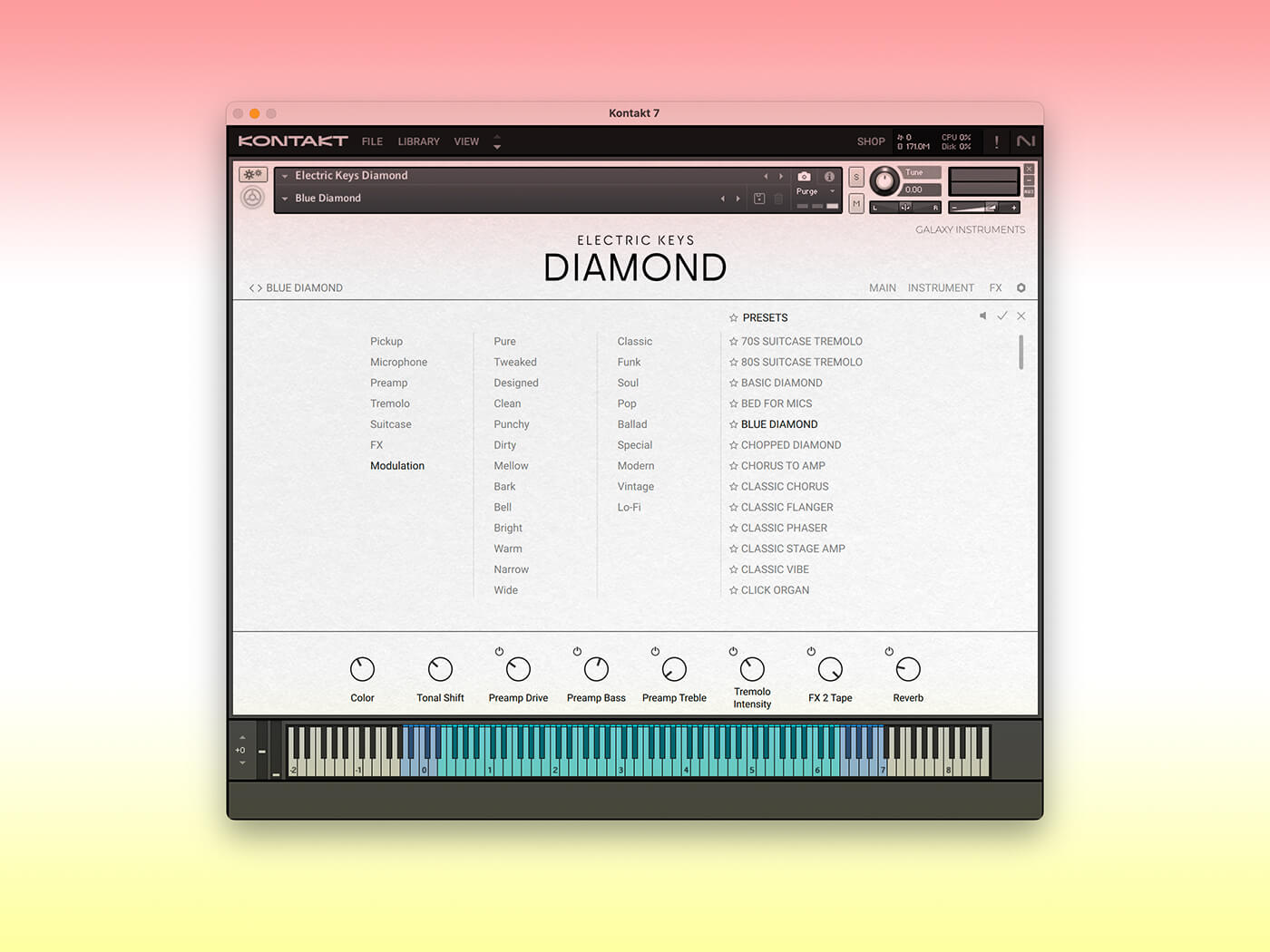
The Rhodes isn’t a synth, it’s more akin to a piano and as such has a relatively limited sonic range in its basic form, albeit one that’s very pleasing. As such, many of the presets make heavy use of the effects to mix things up — plenty of space delays, distortion, stereo and so on. It’s all cool, though these instruments are usually at their best when keeping things relatively simple. So as well as the multi-effects patches, you’ll find comforting straight-up jazz Rhodes, lush tones and hard bell-like presets, all easily tweaked to your liking.
We said earlier that Rhodes emulations are easy to come by, but these two are definitely among the best out there. Beautifully sampled and affordable, they also offer a sublime playing experience and a deep dive into customising the character of the keyboard and its effects should you want it. For owners of Kontrol S-series keyboards, the prospect is even more appealing thanks to the deep integration with the new hardware.
The Rhodes sound is likely to always be in demand, and Phoenix and Diamond are an excellent way to bring it into your studio with minimal fuss.
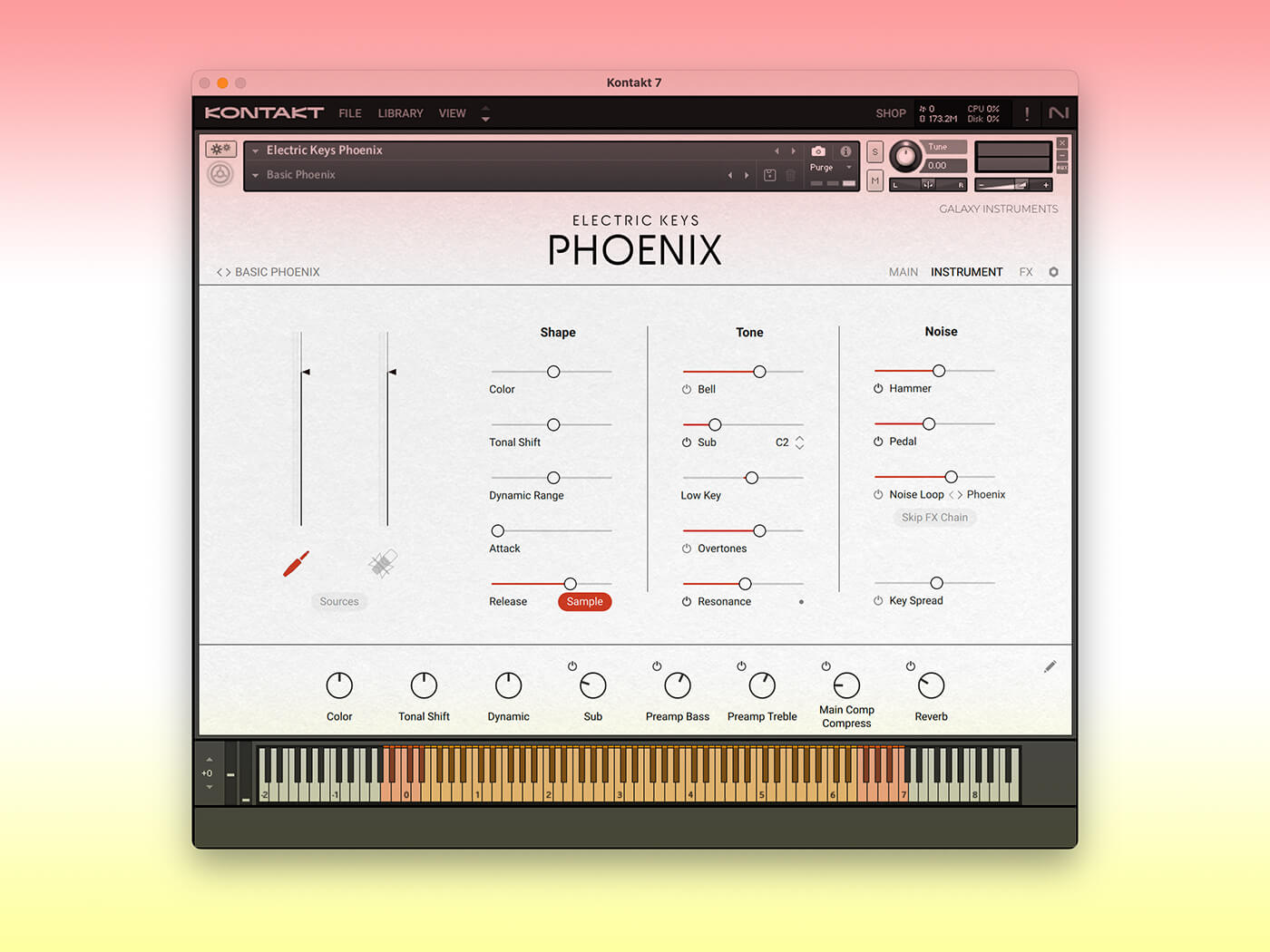
Key features
- Runs in Kontakt or Kontakt Player
- 100 presets per instrument
- 3.5 GB each in size
- Deep sampling of hardware instruments
- Modelling of preamps and other components
- Effects section with effects from Guitar Rig
- Customisable mics, amps and keyboard character
- Serial or parallel effects chains
- Blend DI and mic signals
- Integration with Kontrol hardware